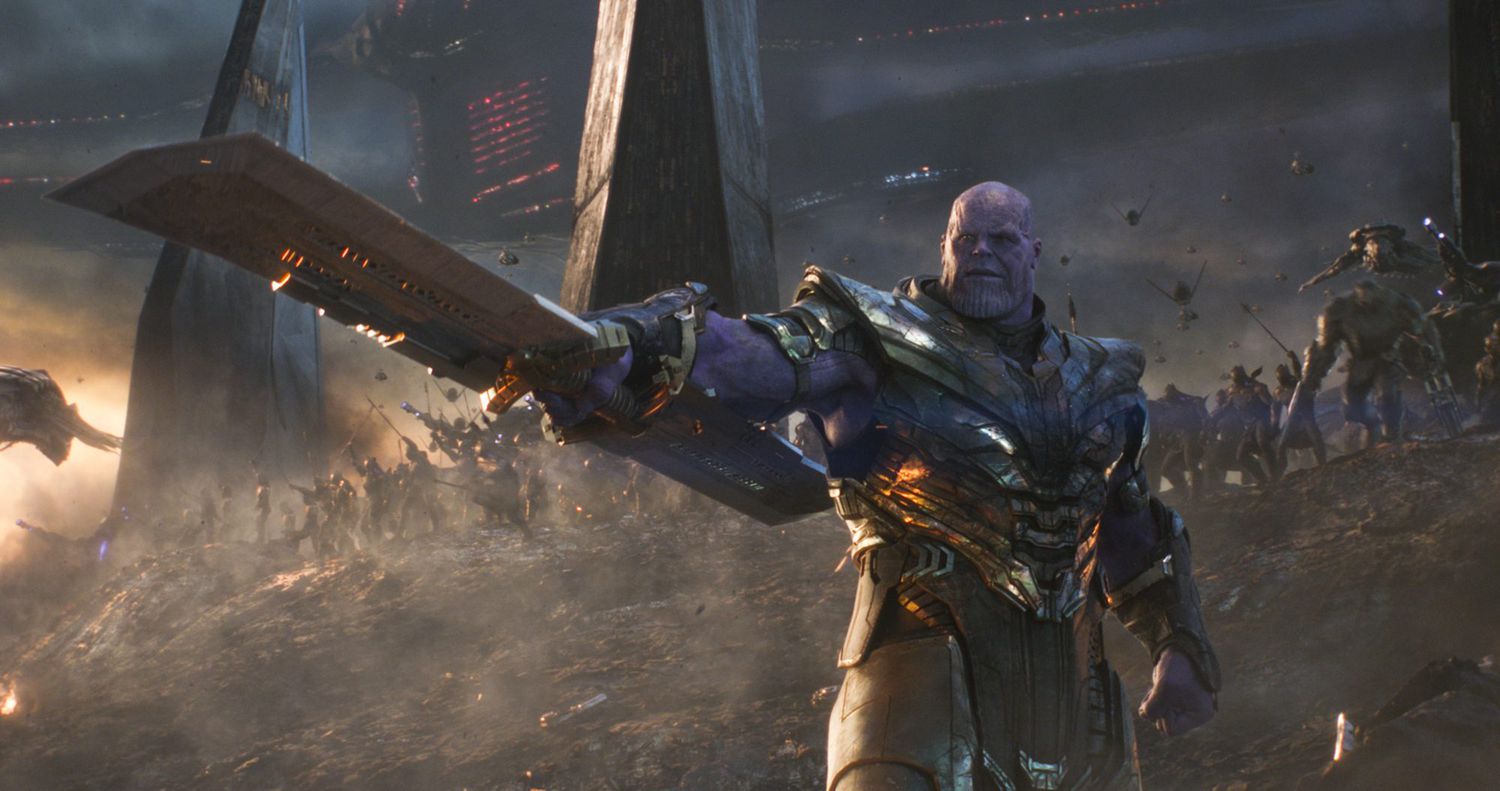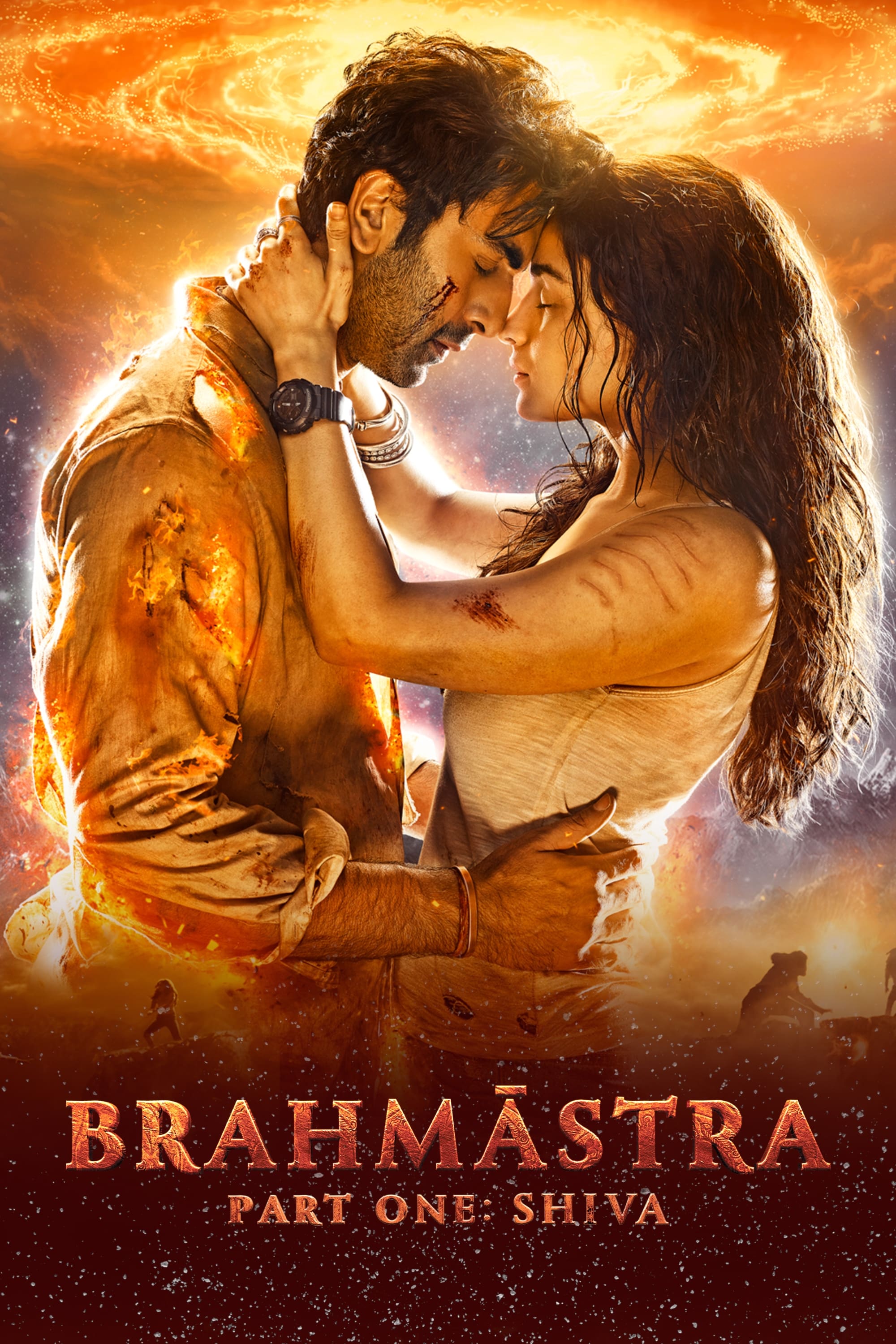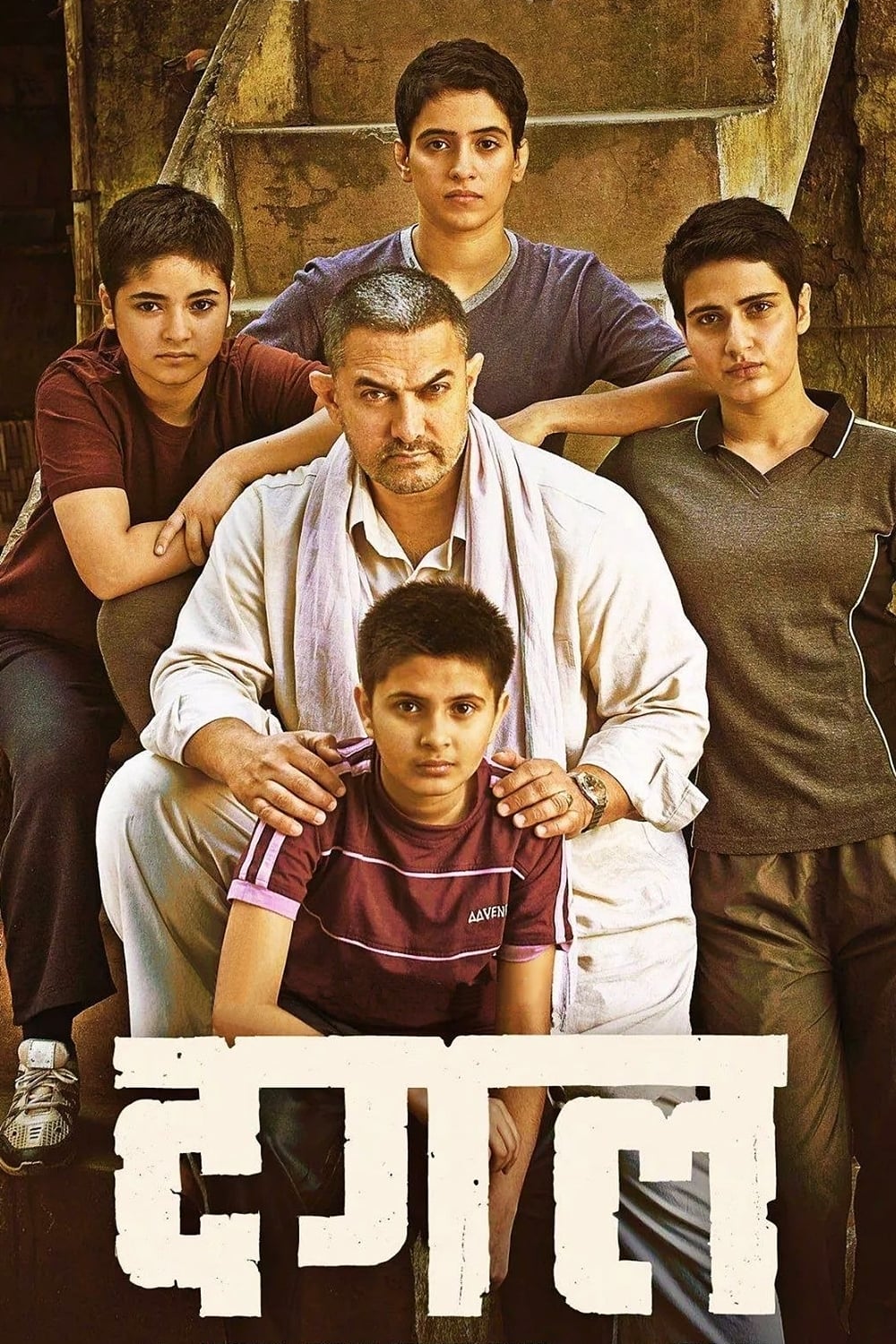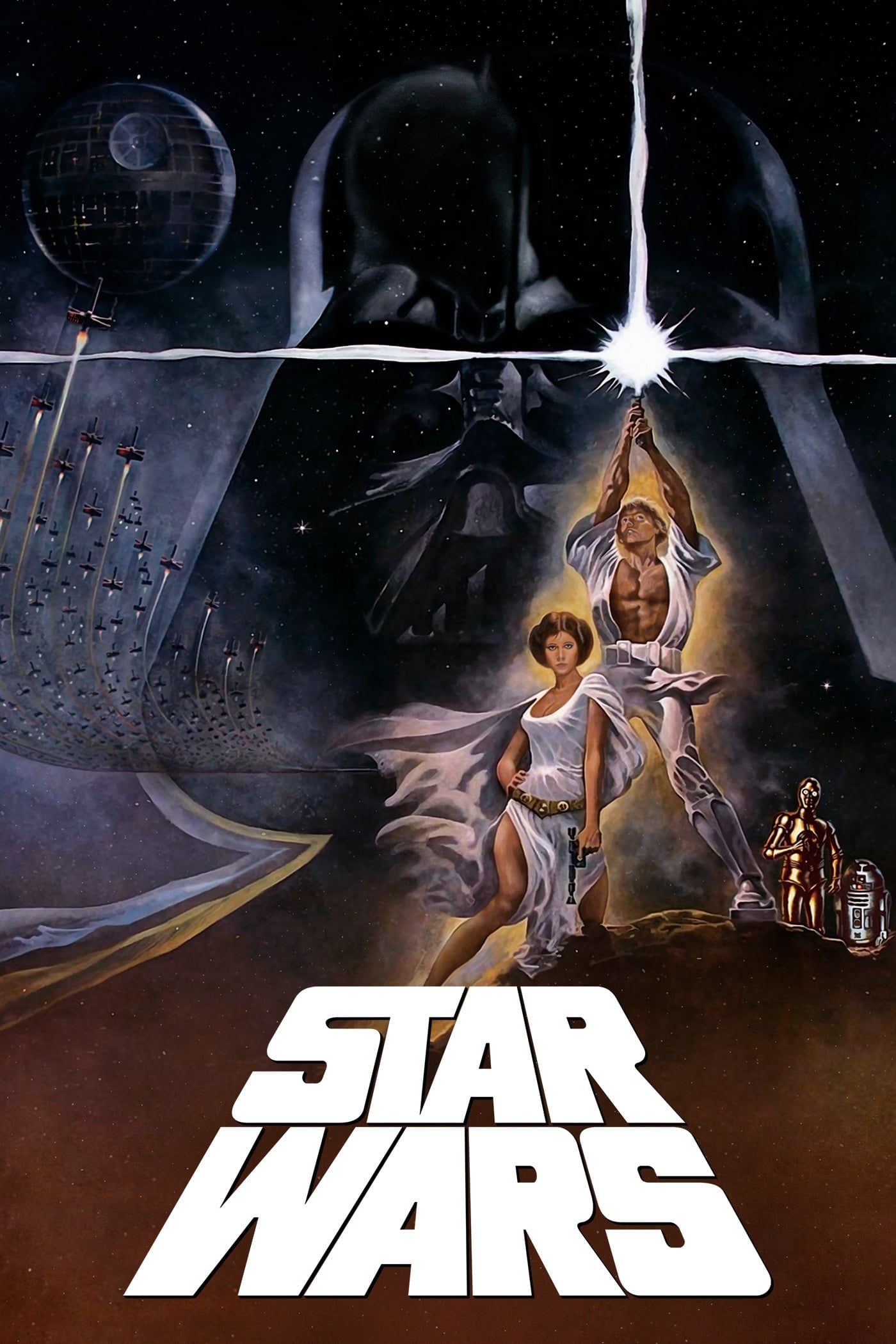On the day of Brahmastra’s release, the shares of PVR and INOX, India’s two biggest chains, took a massive fall. They were down by 5% in the wee hours of the morning, worrying an already beleaguered industry. The film had been labelled “disappointing”, the audiences weren’t that impressed, and there were talks of reducing show times across the country.
Now this piece is not a critical review of Brahmastra, for you’ve read a lot on that topic. Here, we will try to unravel the grimy nexus between money, social media and films. So how does it all come together?
If you remember well, there was a highly publicised merger between PVR and INOX in the news a few months ago. The thought process behind it was to get too big to fail. Both the chains would benefit from economies of scale and most importantly, spread losses over larger capital. But as demonstrated by this share deterioration, they would bear the brunt of all misfires at the box office. Brahmastra was mounted on a humongous scale, and if it didn’t do too well, a lot of wealth would be wiped across the board.
Brahmastra cost producers 410 crore to make. Movie making has always been an expensive endeavour. The film has Star Studios, Karan Johar’s Dharma, Apoorva Mehta, the billionaire founder of Instacart, Namit Malhotra, the CEO of the VFX company that worked on Brahmastra as well as Ayan Mukherjee and Ranbir Kapoor. Whew. That’s a lot at stake in a movie where a dialogue actually reads like this: Tum Brahmansh ka hissa ban jao, mein tumhe DJ se dragon bana dunga. Again, this article is not a criticism of the film, but come on guys. Maybe should have kept aside a crore for a good dialogue guy.
Film-making isn’t as simple as writing a book on your Word app, or buying a camera and shooting wildlife. Photography and writing are just a part of its process. We can break it down into three sections: Pre-Production, Production and Post-Production.

Pre-Productions is the preparation stage. Once the scripts are locked in, the production team looks for the perfect location, brings the cast together, & plan which scene will be shot when. Everything needs to be planned meticulously because once you reach the set, things need to move like a well-oiled machine. A day’s delay because your actor didn’t like the shoes he’s been given can raise the total cost by lakhs. Sets need to be ruled with an iron fist, and that’s why you hear of scary reports of maestros like Sanjay Leela Bhansali and Tom Cruise crushing dissident voices on their sets.
Post production involves editing, dubbing, VFX, and worst of all, marketing and distribution. The production costs of Avengers: Endgame’s were supposed to be around $220 million. But factor in red carpet premieres, advertisements across billboards, ad spots, flyers etc. in most of the free (and unfree) world, and you end up spending another $100 million. Yikes.

But it’s not all doom and gloom. Endgame ended up making $2.8 billion at the theatres. But that’s because it was a movie event of the decade. Ticket sales for normal, story-driven films aren’t the glorious beacon of revenue as they were before. Theatre owners take a huge chunk of the costs so a production house end up getting only 40-60% of a film's ticket sales.
Very few films produced in India, other than RRR and Dangal, have made a dent on the box office abroad. RRR was released in US theatres twice, such was its demand. Various celebrities including James Gunn and Patton Oswalt sang praises of it on Twitter. Dangal, on the other hand, vaporised the Chinese box office. Apparently, Aamir Khan is regarded highly in that region, which made his film earn $216 million just from China, almost 2/3rds of its total box office revenue!
RRR was also the most popular film on Netflix US and India for 10 weeks straight. OTT platforms have become another source of revenue as streaming rights always involve big bucks. Netflix killed the DVD. Now it’s paying the price.
Merchandising was introduced by Star Wars in 1977 as everyone (not just nerds) suddenly wanted the Millennium Falcon model. In 2015, "Star Wars: The Force Awakens" brought in $700 million in retail sales for Disney. In 2022, kids can buy the Darth Vader skin in Fortnite and shoot their friends gleefully. You get the gist.

All these metrics and revenue streams went for a toss in 2020. The era of COVID. And the fear it generated in the movie industry. Warner Bros. decided to put each and every film of theirs on streaming on the day they released in theatres for the whole of 2021. Netflix, the biggest gainer of people spending time on couches, saw its stock rise over 60% in 2020 and 11% in 2021. But if there is a group of people more than movie going audiences, it is investors.
Netflix is back to its pre-pandemic share price, and is losing subscribers alarmingly. And after Brahmastra cracked 100 crore at the box office in its first weekend, a stupendous feat in this stupid era of boycotts, the stocks of PVR and Inox rallied back on Monday morning, adding 650 crore to investor’s wealth. Everyone won, especially the movie-going audience that enjoyed a flawed movie that elevated the possibilities of cinema in India.










